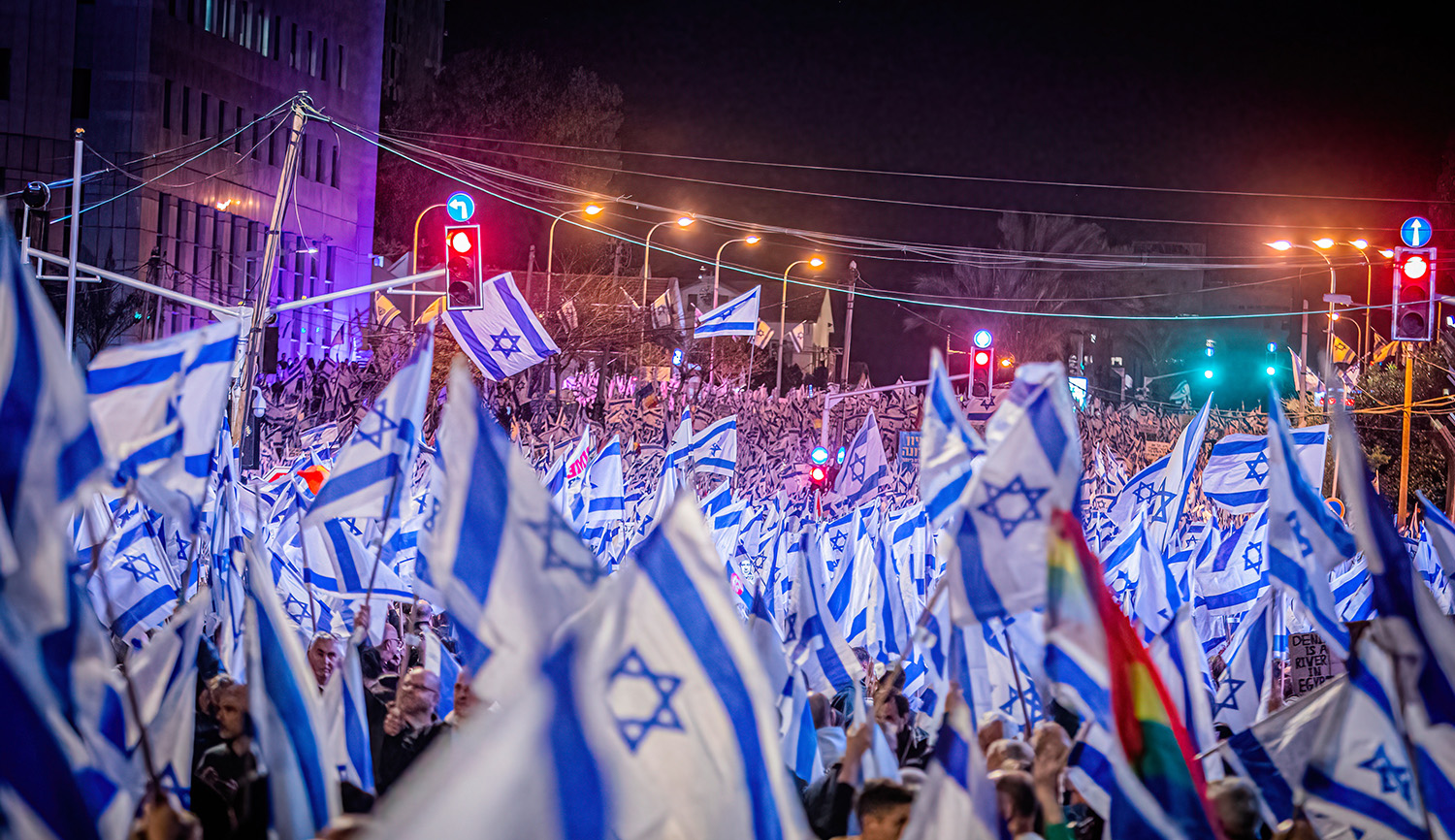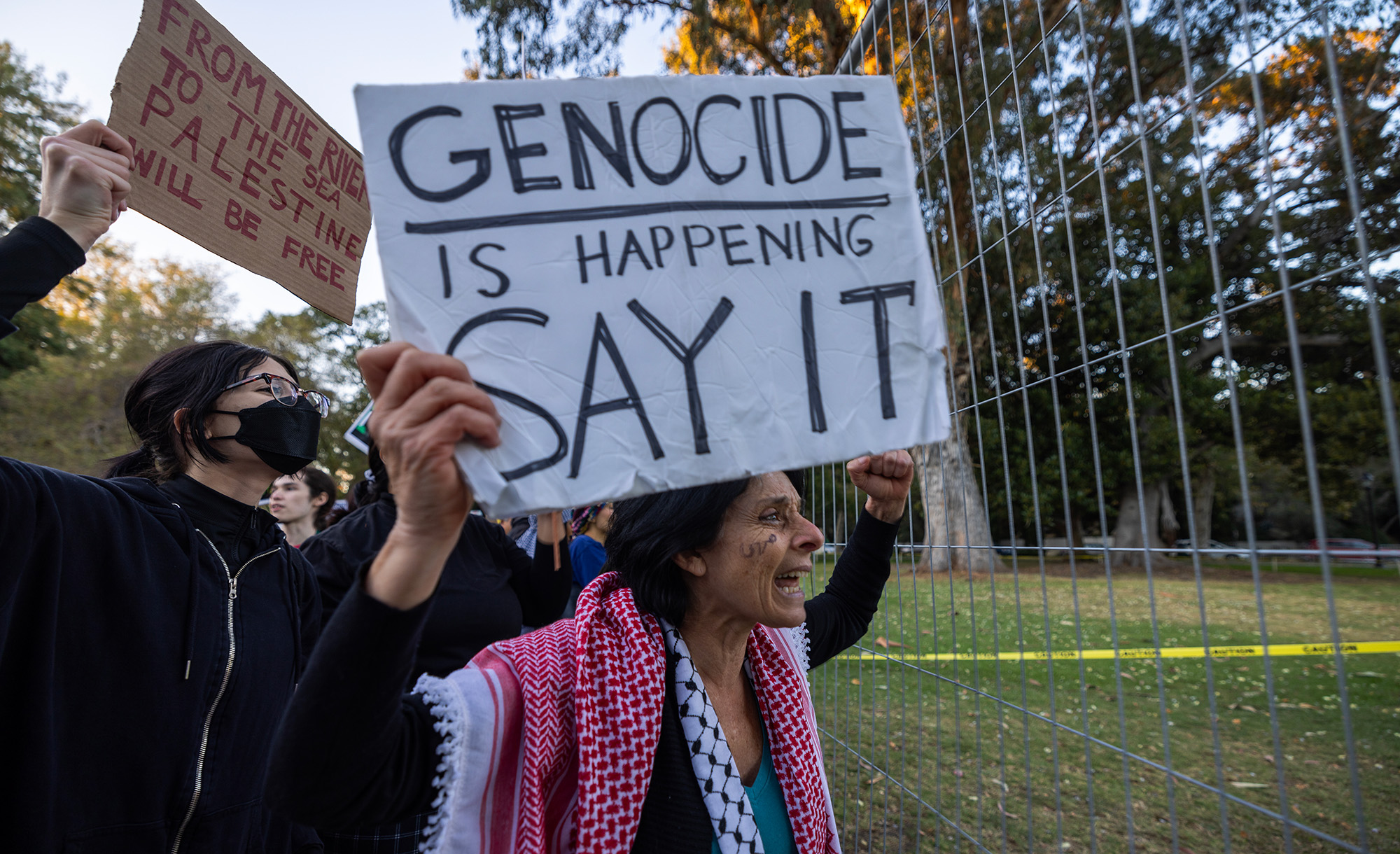In a comprehensive analysis, Azar Gat concludes that Israel’s prosecution of the war has so far been successful, and preferable to the alternatives proposed by some knowledgeable critics. (For a different view, see this article by Lazar Berman.) But even if the IDF is coming closer to destroying Hamas, is it any closer to freeing the remaining hostages? Gat writes:
Hamas’s basic demand in return for the release of all the hostages—made clear well before it was declared publicly—is an end to the war and not a ceasefire. This includes the withdrawal of the IDF from the Gaza Strip, restoration of Hamas’s control over it (including international guarantees), and a prisoner exchange on the basis of “all for all.”
Some will say that there must be a middle ground between Hamas’s demands and what Israel can accept. However, Hamas’s main interest is to ensure its survival and continued rule, and it will not let go of its key bargaining chip. Some say that without the return of the hostages—“at any price”—no victory is possible. While this sentiment is understandable, the alternative would be a resounding national defeat. The utmost efforts must be made to rescue as many hostages as possible, and Israel should be ready to pay a heavy price for this goal; but Israel’s capitulation is not an option.
Beyond the great cost in human life that Israel will pay over time for such a deal, Hamas will return to rule the Gaza Strip, repairing its infrastructure of tunnels and rockets, filling its ranks with new recruits, and restoring its defensive and offensive arrays. This poses a critical question for those suggesting that it will be possible to restart the war at a later stage: have they fully considered the human toll should the IDF attempt to reoccupy the areas it would have vacated in the Gaza Strip?
Although Gat is sanguine about the prospects of the current campaign, he throws some cold water on those who hope for an absolute victory:
Militarily, it is possible to destroy Hamas’s command, military units, and infrastructure as a semi-regular military organization. . . . After their destruction in high-intensity fighting, the IDF must prevent Hamas from reviving by continuous action on the ground. As in the West Bank, this project will take years. . . . What the IDF is unlikely to achieve is the elimination of Hamas as a guerrilla force.
Lastly, Gat has some wise words about what will happen to Gaza after the war ends, a subject that has been getting renewed attention since Benjamin Netanyahu presented an outline of a plan to the war cabinet on Thursday. Gat argues that, contrary to the view of the American and European foreign-policy elite, there is no political solution for Gaza. After all, Gaza is in the Middle East, where “there are no solutions, . . . only bad options and options that are much worse.”
Read more at Institute for National Security Studies
More about: Gaza Strip, Gaza War 2023, Israeli Security


